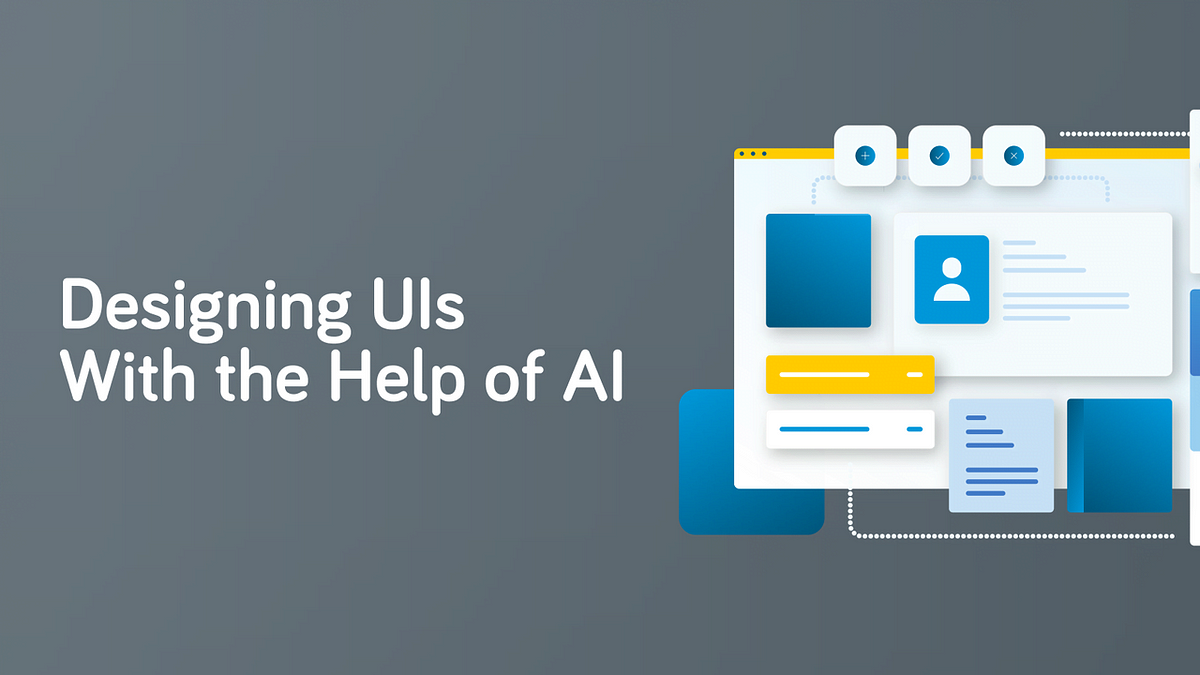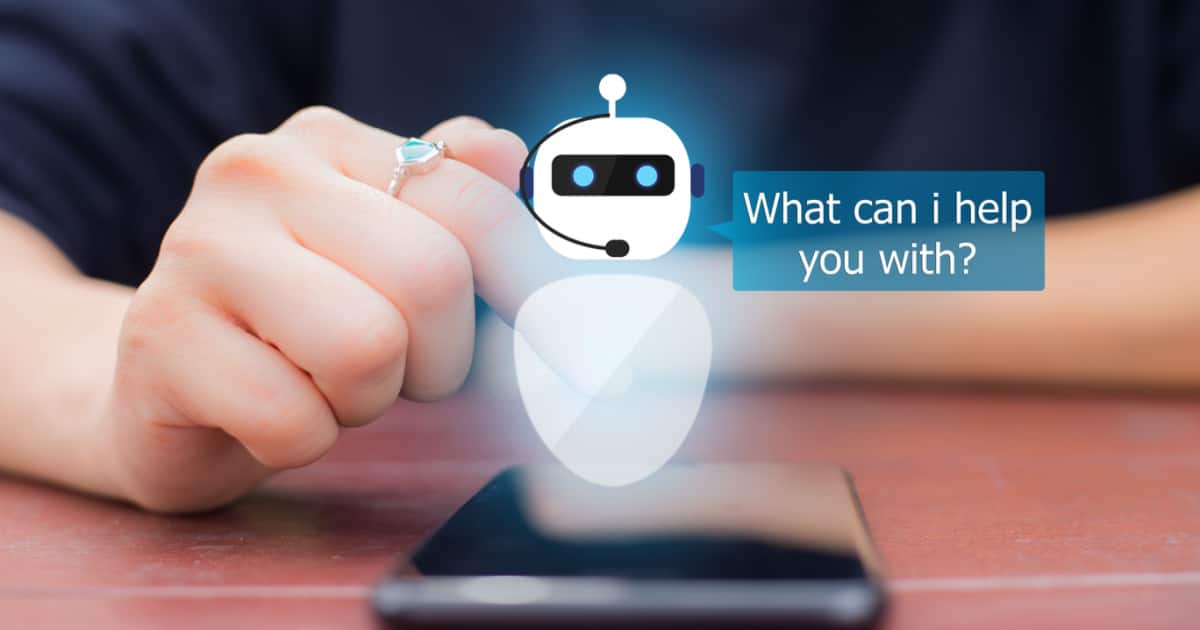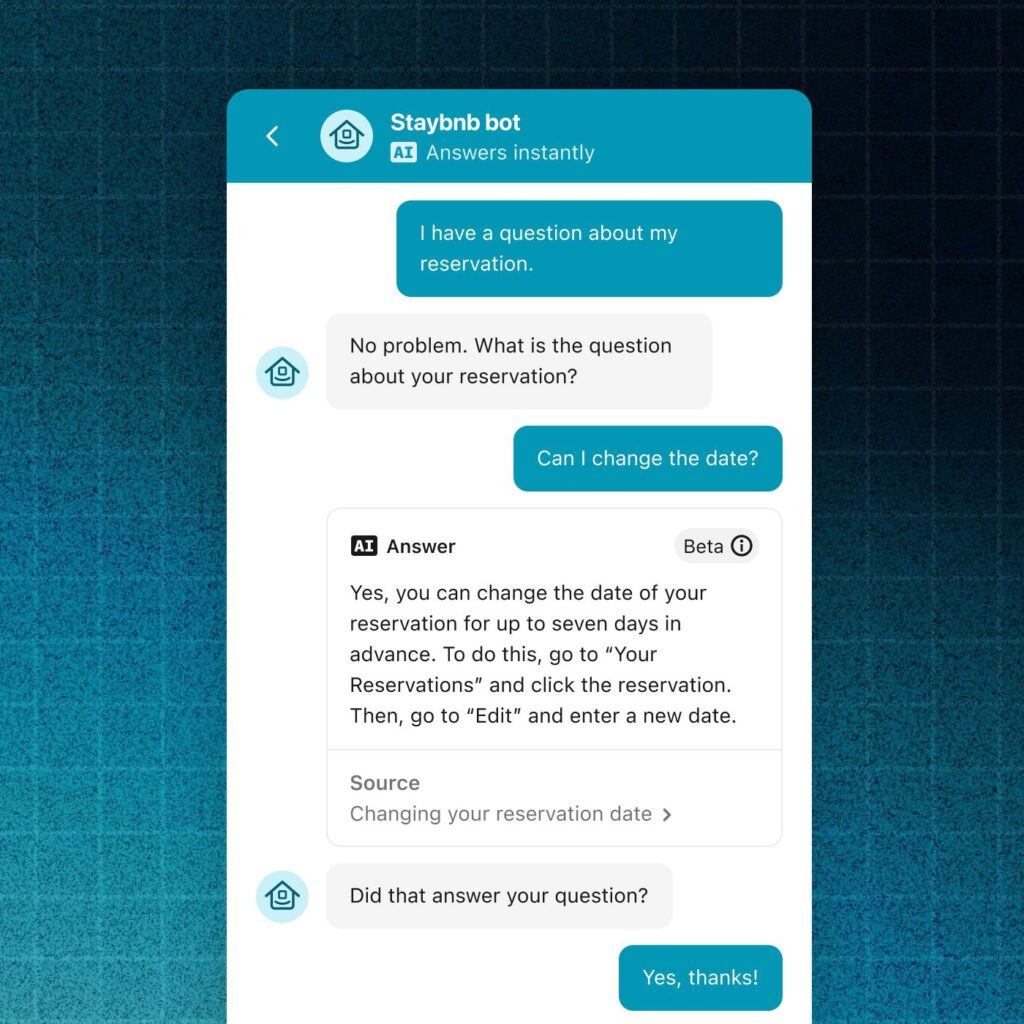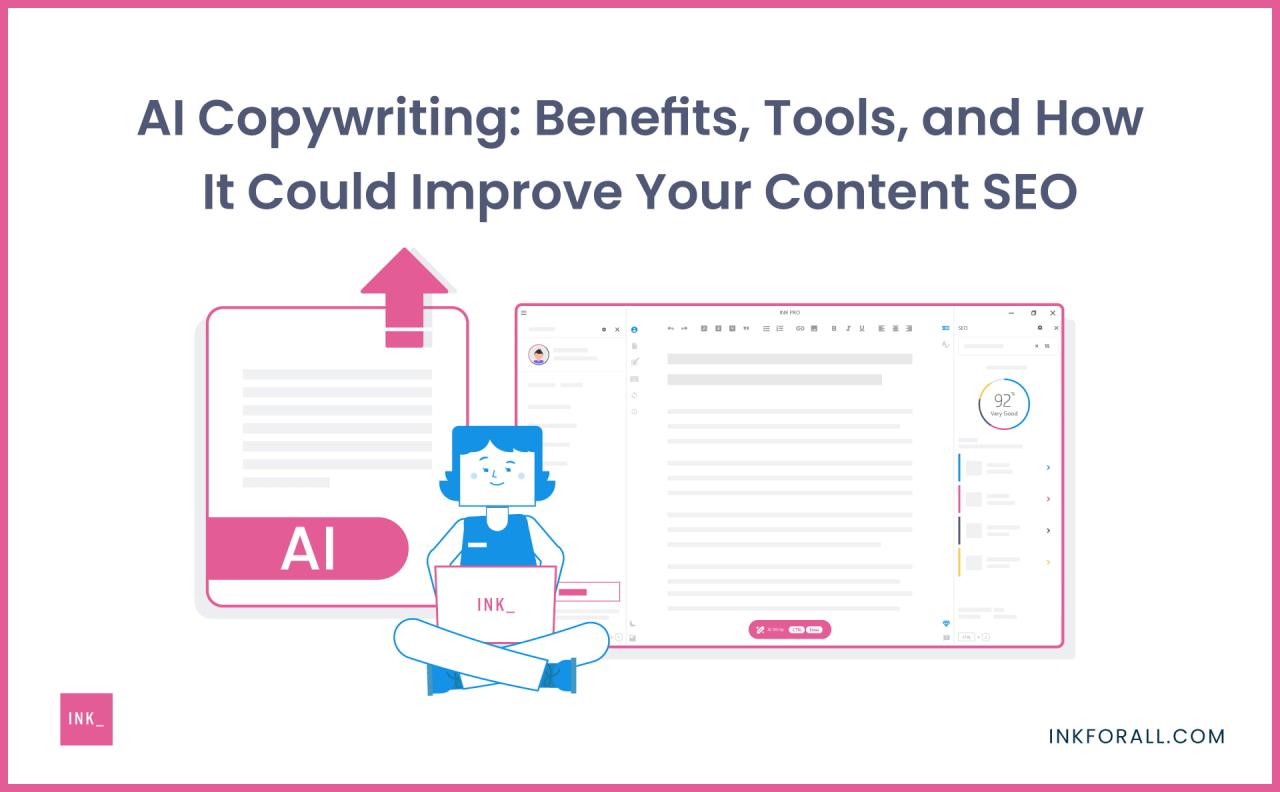AI’s role in creating personalized user interfaces is revolutionizing the digital landscape. This transformative technology leverages data analysis and user behavior prediction to craft interfaces tailored to individual needs, resulting in enhanced user experiences and engagement. From adaptive layouts and content recommendations to personalized accessibility features, AI is reshaping how we interact with technology, offering a glimpse into a future where digital experiences are seamlessly integrated with our individual preferences.
This exploration delves into the various techniques employed, the impact on user experience, ethical considerations, and future trends in AI-powered UI personalization. We’ll examine successful implementations, address potential challenges like filter bubbles and privacy concerns, and explore how AI can contribute to more accessible and inclusive digital spaces. The journey will uncover the complexities and potential of AI’s influence on the future of user interface design.
AI-Driven Personalization Techniques: AI’s Role In Creating Personalized User Interfaces

AI is revolutionizing user interface design by enabling highly personalized experiences tailored to individual user needs and preferences. This personalization goes beyond simple customization options; it leverages sophisticated data analysis and predictive modeling to dynamically adapt the UI in real-time, resulting in improved user engagement and satisfaction. This section will explore the key techniques driving this transformation.
AI employs various methods to personalize user interfaces, primarily focusing on analyzing user data and predicting future behavior. This data can include explicit inputs (e.g., user preferences explicitly stated), implicit inputs (e.g., browsing history, time spent on specific pages), and contextual information (e.g., device type, location). Sophisticated algorithms process this information to generate personalized UI elements, creating a unique experience for each user.
Data Analysis and User Behavior Prediction
AI algorithms analyze vast amounts of user data to identify patterns and predict future behavior. Machine learning models, such as collaborative filtering and content-based filtering, are commonly used for recommendation systems, suggesting relevant content or features based on past interactions. For example, a streaming service might recommend movies based on a user’s viewing history and ratings, while an e-commerce site might suggest products based on browsing behavior and purchase history.
These algorithms learn from user data, constantly refining their predictions to improve personalization over time. Furthermore, clustering algorithms can group users with similar characteristics, enabling the creation of targeted UI variations for different user segments.
Algorithms for Personalized UI Elements
Several algorithms are specifically designed to create personalized UI elements. Reinforcement learning, for instance, can optimize the layout and arrangement of UI elements based on user interactions. The algorithm learns which layouts lead to higher engagement and adjusts the UI accordingly. Another example is the use of deep learning models for adaptive layouts. These models can analyze user context and preferences to dynamically adjust the layout, font sizes, and other visual aspects of the interface, ensuring optimal readability and usability for each user.
Natural Language Processing (NLP) plays a crucial role in understanding user feedback and generating personalized responses within the UI, such as chatbots offering tailored support.
Analyzing User Feedback for UI Improvement
AI plays a vital role in analyzing user feedback to continuously improve UI personalization. Sentiment analysis techniques can determine the emotional tone of user reviews and comments, identifying areas for improvement in the UI. A/B testing, guided by AI, can compare different UI variations to determine which performs better based on user engagement metrics. By analyzing user feedback and performance data, AI algorithms can automatically adjust UI elements to optimize the user experience.
For example, if a particular feature receives consistently negative feedback, the AI system might adjust or remove it from the UI for specific user segments.
Comparison of AI-Powered Personalization Techniques
The following table compares three common AI-powered personalization techniques:
| Technique | Strengths | Weaknesses | Example |
|---|---|---|---|
| Collaborative Filtering | Effective for recommending items similar to those users have liked in the past; scales well to large datasets. | Requires a significant amount of user data to function effectively; suffers from the cold start problem (difficulty recommending items for new users or items with limited interaction). | Netflix recommending movies based on user viewing history and ratings. |
| Content-Based Filtering | Can recommend items based on the characteristics of the items themselves, regardless of user history; less susceptible to the cold start problem. | May not discover items outside a user’s existing preferences; relies on accurate item metadata. | Amazon recommending products based on their descriptions and features. |
| Reinforcement Learning | Can optimize the entire UI experience by learning from user interactions in real-time; adaptable to changing user behavior. | Requires significant computational resources; designing appropriate reward functions can be challenging. | A news website dynamically adjusting the layout and content based on user clicks and scrolling behavior. |
Impact of AI on User Experience (UX)
AI-driven personalization is revolutionizing user experience, moving beyond static interfaces to create dynamic and adaptive environments tailored to individual user needs and preferences. This shift profoundly impacts user satisfaction, engagement, and overall interaction with digital products and services. The successful implementation of AI in UI personalization hinges on a delicate balance between enhancing the user experience and mitigating potential negative consequences.AI-driven personalization significantly enhances user satisfaction and engagement by streamlining interactions and providing relevant content.
By learning user behavior and preferences, AI algorithms can anticipate user needs, proactively offering suggestions, and optimizing the interface for optimal usability. This leads to increased efficiency, reduced frustration, and a more enjoyable user experience. For instance, a personalized news feed that prioritizes articles aligned with a user’s interests will likely result in higher engagement and satisfaction compared to a generic feed.
AI-Powered UI Personalization Success Stories
Several successful examples demonstrate the positive impact of AI-powered UI personalization on user experience. Netflix’s recommendation engine, for example, leverages AI to suggest movies and TV shows based on viewing history and user ratings, leading to increased viewing time and user satisfaction. Spotify’s personalized playlists and daily mixes adapt to user listening habits, offering a curated selection of music tailored to individual tastes.
These personalized experiences foster a sense of connection and relevance, making the platforms more engaging and enjoyable. Similarly, Amazon’s product recommendations based on browsing history and purchase patterns significantly improve the shopping experience by guiding users towards products they are likely to be interested in.
Challenges and Negative Impacts of Overly Personalized UIs, AI’s role in creating personalized user interfaces
While AI-driven personalization offers significant benefits, it also presents challenges. Overly personalized UIs can lead to the creation of “filter bubbles,” where users are only exposed to information confirming their existing biases, limiting their exposure to diverse perspectives and potentially reinforcing echo chambers. Privacy concerns are another significant challenge. The collection and use of user data for personalization purposes raise ethical and legal questions regarding data security and user consent.
Furthermore, the reliance on AI algorithms can inadvertently lead to biases if the training data is not representative of the entire user population, resulting in unfair or discriminatory outcomes. For example, a personalized loan application process trained on biased data could disproportionately deny loans to certain demographic groups.
User Flow Diagram of AI-Driven UI Personalization
The process of AI-driven UI personalization can be visualized as a cyclical feedback loop. Imagine a user flow diagram starting with User Interaction (e.g., browsing behavior, clicks, searches, ratings). This data is then collected and processed by an AI algorithm, which analyzes user preferences and behavior patterns. The algorithm then uses this information to adapt the UI (e.g., changing layout, content prioritization, recommendations).
This adapted UI is presented to the user, initiating a new cycle of interaction, data collection, and UI adaptation. The system continuously learns and refines its personalization strategies based on ongoing user feedback and interaction. This continuous learning loop ensures that the UI remains relevant and responsive to the evolving needs and preferences of each individual user. The diagram would visually represent this cycle, illustrating the flow of data and the iterative process of UI adaptation.
AI and Accessibility in UI Design

AI is revolutionizing UI design, offering unprecedented opportunities to enhance accessibility for users with disabilities. By leveraging machine learning and advanced algorithms, AI can personalize UI elements to meet individual needs, creating more inclusive and user-friendly digital experiences. This personalization extends beyond simple adjustments, encompassing the seamless integration of assistive technologies and the proactive identification of potential accessibility barriers.AI can significantly improve accessibility for users with disabilities by dynamically adapting UI elements based on individual user profiles and detected disabilities.
This adaptive approach goes beyond static accessibility features, offering a truly personalized experience that caters to a wider range of users. This includes adjusting font sizes, color contrasts, and navigation structures based on user preferences and detected impairments.
AI-Powered Personalization for Assistive Technologies
AI algorithms can analyze user interactions and preferences, automatically configuring UI elements to optimize compatibility with various assistive technologies, such as screen readers, voice recognition software, and switch controls. For example, an AI-powered system could automatically adjust the UI to provide optimal audio cues for a screen reader user or simplify navigation for someone using a switch control device. This proactive adaptation ensures a smoother and more intuitive user experience, regardless of the assistive technology employed.
The AI can learn from user interactions with assistive technology, refining its personalization over time to provide an increasingly tailored experience.
Examples of AI-Enhanced Accessibility Tools
Several AI-powered tools are already enhancing accessibility in UI design. One example is software that uses computer vision to automatically analyze UI designs for accessibility compliance, identifying and suggesting improvements to color contrast, font sizes, and keyboard navigation. Another example is AI-driven text-to-speech software that can generate natural-sounding audio descriptions for images and videos, improving accessibility for visually impaired users.
Furthermore, AI can power personalized keyboard layouts optimized for users with motor impairments, reducing the effort required for input. These tools are streamlining the process of making UIs accessible, leading to more inclusive design practices.
Best Practices for Designing Accessible and Personalized UIs Using AI
Designing accessible and personalized UIs with AI requires a thoughtful approach that prioritizes user needs and leverages the capabilities of AI responsibly. The following best practices can guide developers in creating truly inclusive digital experiences.
- Prioritize User Input: Collect comprehensive user data, including information about disabilities and assistive technology use, to inform AI-driven personalization. This data should be collected ethically and with user consent.
- Implement Adaptive UI Elements: Design UI elements that dynamically adjust based on user needs and preferences, such as font size, color contrast, and navigation methods. Utilize AI to automate these adjustments.
- Ensure Compatibility with Assistive Technologies: Thoroughly test UI designs with various assistive technologies to ensure seamless integration and functionality.
- Employ AI-Powered Accessibility Audits: Utilize AI-powered tools to automatically identify and address accessibility issues in UI designs, ensuring compliance with accessibility guidelines.
- Provide Clear and Concise Feedback: Offer users clear and intuitive feedback on their interactions with the UI, especially for those using assistive technologies.
- Maintain Transparency and Control: Allow users to customize and override AI-driven personalization settings, maintaining control over their user experience.
- Continuously Monitor and Improve: Regularly monitor user feedback and usage data to continuously improve the accessibility and personalization of UI designs.
Ethical Considerations of AI in UI Personalization

The increasing sophistication of AI-driven UI personalization raises significant ethical concerns. The ability to tailor user experiences to individual preferences, based on extensive data collection, presents a complex interplay between user benefit and potential misuse. Balancing the advantages of personalized interfaces with the protection of user rights and privacy is paramount. This section explores the key ethical considerations surrounding the collection, use, and protection of user data in this context.
The ethical implications of collecting and using user data for UI personalization are multifaceted. The sheer volume of data collected – encompassing browsing history, location data, interaction patterns, and even biometric information – can be intrusive if not handled responsibly. This data, when analyzed by AI algorithms, can create highly detailed user profiles, revealing sensitive information about preferences, habits, and even potential vulnerabilities.
The potential for misuse, such as targeted advertising, price discrimination, or even manipulation, necessitates a robust ethical framework.
Data Privacy and Security Measures in AI-Driven UI Personalization
Ensuring user privacy and data security is crucial in AI-driven UI personalization. Several approaches can mitigate risks. Data minimization, a principle emphasizing the collection of only necessary data, is essential. Strong encryption and access control measures are also necessary to protect data from unauthorized access and breaches. Furthermore, employing differential privacy techniques, which add noise to data sets to obscure individual user information while preserving aggregate trends, can enhance privacy protection.
Finally, transparent data handling policies, clearly outlining how data is collected, used, and protected, are essential for building user trust. For example, a well-designed system might use anonymization techniques to remove personally identifiable information from datasets used for personalization, while still enabling the system to learn user preferences without compromising their privacy.
Designing for User Autonomy and Control
Designing UI personalization systems that respect user autonomy necessitates providing users with clear and effective control over their data. This includes mechanisms for opting out of personalization, reviewing and modifying collected data, and deleting data altogether. Users should be empowered to understand how their data is being used and to make informed decisions about their level of participation in the personalization process.
For instance, a user should be able to easily disable personalized recommendations, choose the level of data sharing, or even completely opt out of data collection for personalization purposes. The design should prioritize user-friendliness and accessibility of these control mechanisms.
Ethical Dilemma Scenario and Proposed Solution
Consider a scenario where a health app uses AI-driven UI personalization to deliver fitness and nutrition advice. The app collects detailed data on user activity, dietary habits, and even sleep patterns. An ethical dilemma arises if the AI algorithm identifies a user’s potential risk for developing a specific health condition based on this data. Should the app automatically alert the user, potentially causing unnecessary anxiety, or should it refrain from intervention, risking a delay in diagnosis and treatment?
A solution lies in a balanced approach. The app should provide users with clear information about the data being collected and its potential uses. Users should be given the option to opt into receiving health risk alerts, with clear explanations of the potential benefits and drawbacks. Furthermore, the app should provide links to reliable health resources and encourage users to consult with healthcare professionals for further guidance.
This ensures user autonomy and empowers them to make informed decisions about their health, while still offering potentially life-saving information.
Future Trends in AI-Powered UI Personalization

The landscape of user interface (UI) personalization is rapidly evolving, driven by advancements in artificial intelligence. Emerging technologies are poised to revolutionize how users interact with digital products and services, creating truly adaptive and intuitive experiences. This section explores key future trends shaping AI-driven UI personalization, focusing on emerging technologies and their impact on user experience.
Affective computing, contextual awareness, and advancements in machine learning algorithms are key drivers of this evolution. These technologies, combined with increased computational power and the proliferation of data, will lead to more sophisticated and personalized UI experiences in the coming years. The potential for AI to create truly adaptive and intuitive interfaces, anticipating user needs and seamlessly adjusting to their preferences, is immense.
Emerging Technologies Shaping AI-Driven UI Personalization
The integration of emerging technologies will significantly enhance AI’s capacity for personalized UI design. Affective computing, for instance, allows systems to recognize and respond to users’ emotions, leading to more empathetic and engaging interfaces. Contextual awareness, on the other hand, enables UIs to adapt dynamically based on the user’s environment, location, and activity. These advancements, combined with improvements in natural language processing (NLP) and computer vision, will create UIs that are not only personalized but also deeply intuitive and responsive.
Predictions for AI-Enhanced User Experience
In the coming years, AI will further enhance user experience by anticipating user needs and proactively offering relevant information and functionalities. Imagine a personalized news aggregator that learns your preferences over time, surfacing only articles relevant to your interests and automatically adjusting the layout and font size based on your reading habits. Similarly, e-commerce platforms could leverage AI to offer hyper-personalized product recommendations, predict purchase intent, and even simulate virtual try-ons using augmented reality.
These advancements will streamline user workflows, reducing friction and enhancing overall satisfaction. For example, consider the evolution of Netflix’s recommendation engine; its ability to accurately predict user preferences has become a cornerstone of its success.
Potential of AI to Create Truly Adaptive and Intuitive User Interfaces
The ultimate goal of AI-driven UI personalization is to create interfaces that are not only personalized but also truly adaptive and intuitive. This means creating systems that learn from user behavior, predict their needs, and proactively offer assistance. Imagine a smart home control system that anticipates your needs based on your daily routine, automatically adjusting the lighting, temperature, and entertainment systems to your preferences.
Or consider a medical application that adapts its interface based on the user’s health condition and medical history, providing clear, concise information and facilitating seamless communication with healthcare providers. This level of personalization will not only enhance user experience but also improve efficiency and productivity across various domains.
Conceptual Design of a Future AI-Powered UI System
Imagine a future UI system, codenamed “Synapse,” designed for seamless interaction with various smart devices and applications. Synapse utilizes a sophisticated AI engine incorporating affective computing, contextual awareness, and advanced machine learning algorithms. The system learns user preferences through continuous monitoring of their interactions, encompassing not just their actions but also their emotional responses and contextual information. For example, if the system detects the user is stressed based on their typing speed and mouse movements, it might automatically switch to a calming color palette and reduce the number of notifications.
The system’s interface dynamically adapts to the user’s current task and environment, seamlessly integrating information from multiple sources to provide a cohesive and intuitive experience. For instance, while driving, the UI would prioritize safety-critical information, while at home, it might focus on entertainment and home automation controls. The system would also proactively anticipate user needs, offering relevant suggestions and assistance without requiring explicit requests.
For example, if the system detects the user is preparing for a business trip, it might automatically suggest relevant travel information, book a taxi, and even adjust the smart home’s security settings accordingly. This system represents a paradigm shift in UI design, moving from a reactive to a proactive and deeply personalized experience.
Concluding Remarks

Ultimately, AI’s role in crafting personalized user interfaces is poised to significantly improve user satisfaction and engagement. By carefully considering ethical implications and prioritizing user privacy, we can harness the power of AI to create truly intuitive and accessible digital experiences. The future promises even more sophisticated personalization, driven by advancements in areas like affective computing and contextual awareness, leading to interfaces that anticipate user needs and seamlessly adapt to their ever-evolving preferences.
This journey into the intersection of AI and UI design highlights a future where technology serves users in a deeply personalized and beneficial way.

